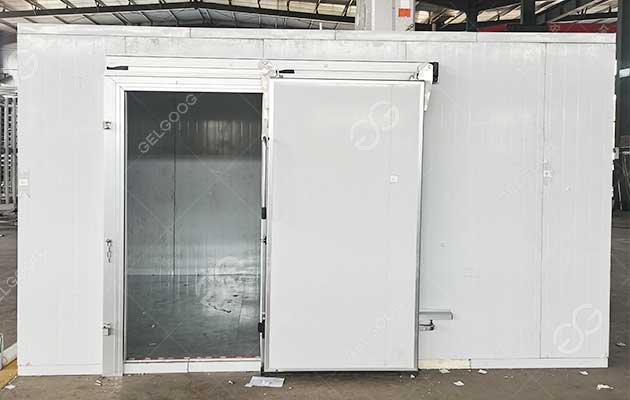In today’s fast-paced world, pre-cut vegetables are a lifesaver for busy consumers and foodservice businesses. However, keeping these veggies fresh, crisp, and safe from farm to fork is no small feat. Food processing plants rely on a mix of science, technology, and strict protocols to preserve pre-cut produce. Let’s explore the key methods used to maintain quality and extend shelf life.
1. Temperature Control: The Cold Chain is Key
The moment vegetables are cut, their natural protective layer is compromised, accelerating moisture loss and microbial growth. To slow this process, plants immediately cool produce using industrial cold room. Maintaining this “cold chain” during processing, packaging, and transport is critical. Even brief temperature spikes can trigger spoilage.

2. Modified Atmosphere Packaging (MAP)
One of the most effective tools is Modified Atmosphere Packaging (MAP). Here, the oxygen inside the package is reduced and replaced with gases like nitrogen or carbon dioxide. This slows respiration (the veggie’s “breathing” process) and inhibits bacteria. For example, bagged salads often use MAP to stay crisp for days.
3. Antimicrobial Washes
Before packaging, vegetables undergo sanitizing rinses to kill microbes. Solutions like chlorine, ozone, or citric acid are commonly used. For organic products, plants might opt for natural antimicrobials like lactic acid or essential oils. These washes reduce bacterial load without altering taste or texture.
4. Blanching for Frozen Veggies
For frozen pre-cut vegetables (e.g., carrots or broccoli), blanching is a game-changer. The veggies are briefly boiled or steamed to deactivate enzymes that cause discoloration and mushiness. After blanching, they’re rapidly frozen to lock in nutrients and texture.
5. Vacuum Cooling
Leafy greens, which are prone to wilting, often undergo vacuum cooling. This method uses low pressure to evaporate moisture from the surface, quickly lowering the temperature without dehydrating the leaves. It’s faster and more efficient than traditional refrigeration.
Conclusion
Preserving pre-cut vegetables is a blend of art and science. By combining temperature control, smart packaging, antimicrobial treatments, and rigorous hygiene, processing plants deliver safe, fresh, and convenient products to our tables. Next time you grab a bag of salad or stir-fry mix, remember the careful science that keeps it crisp and nutritious!
